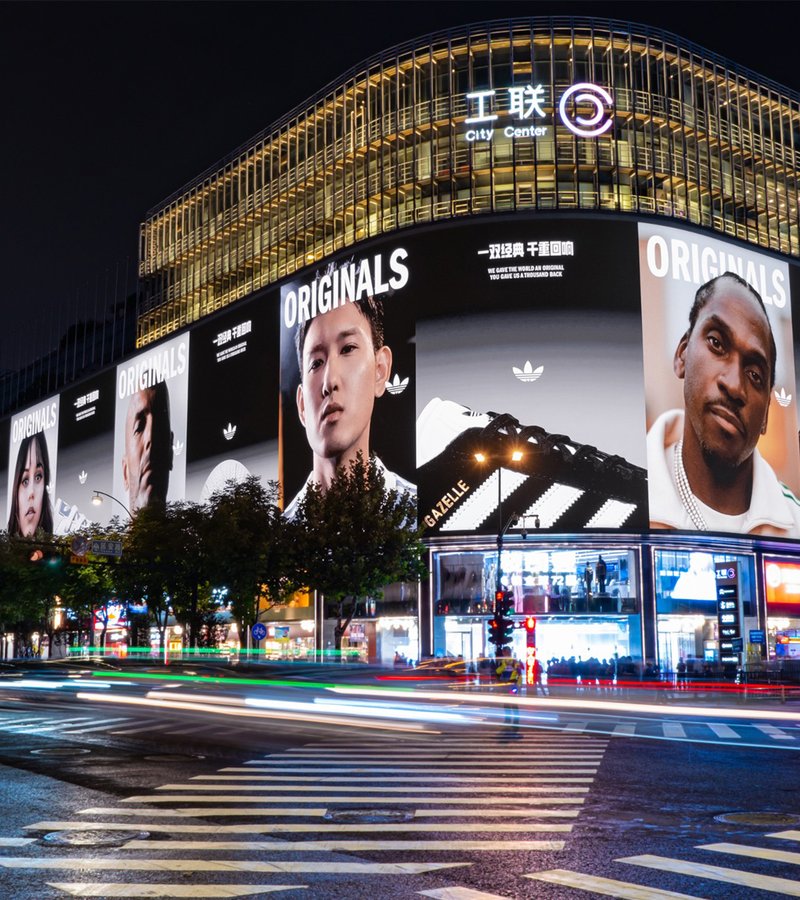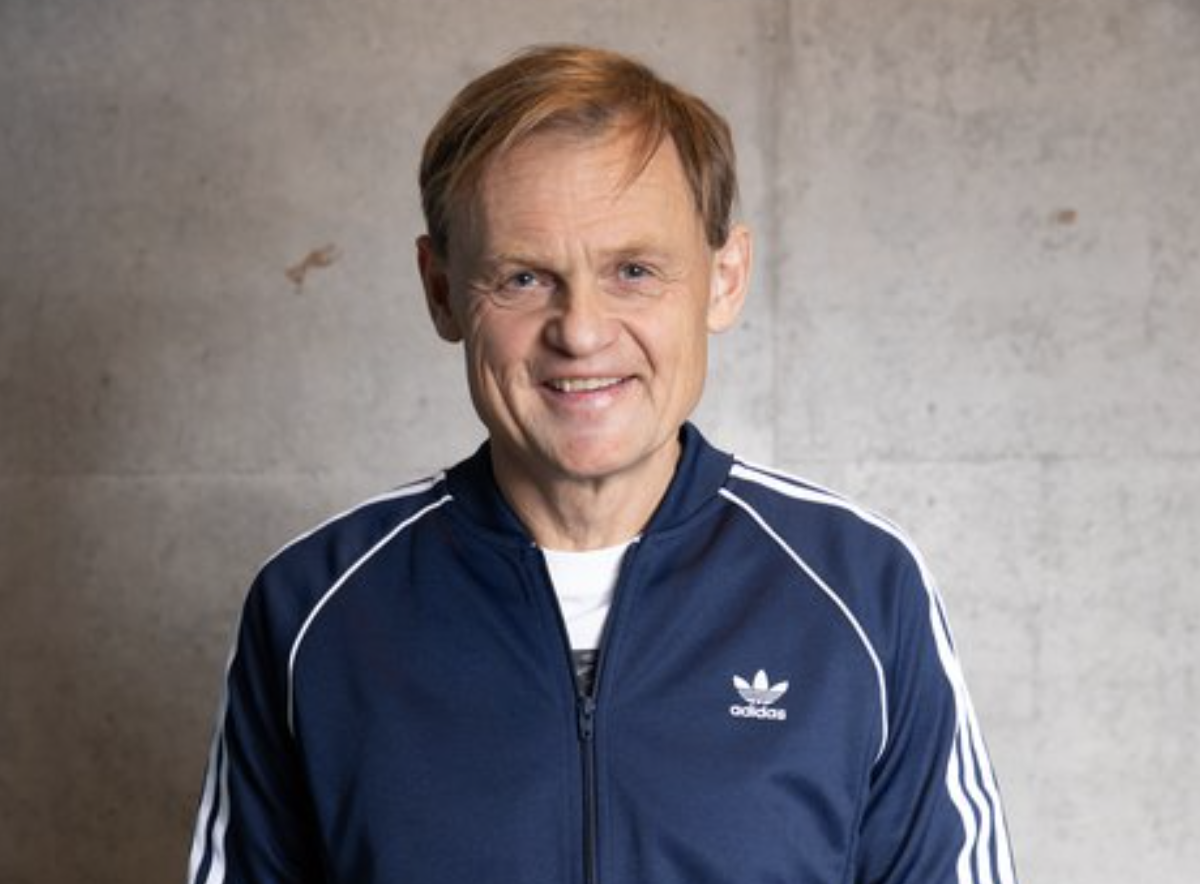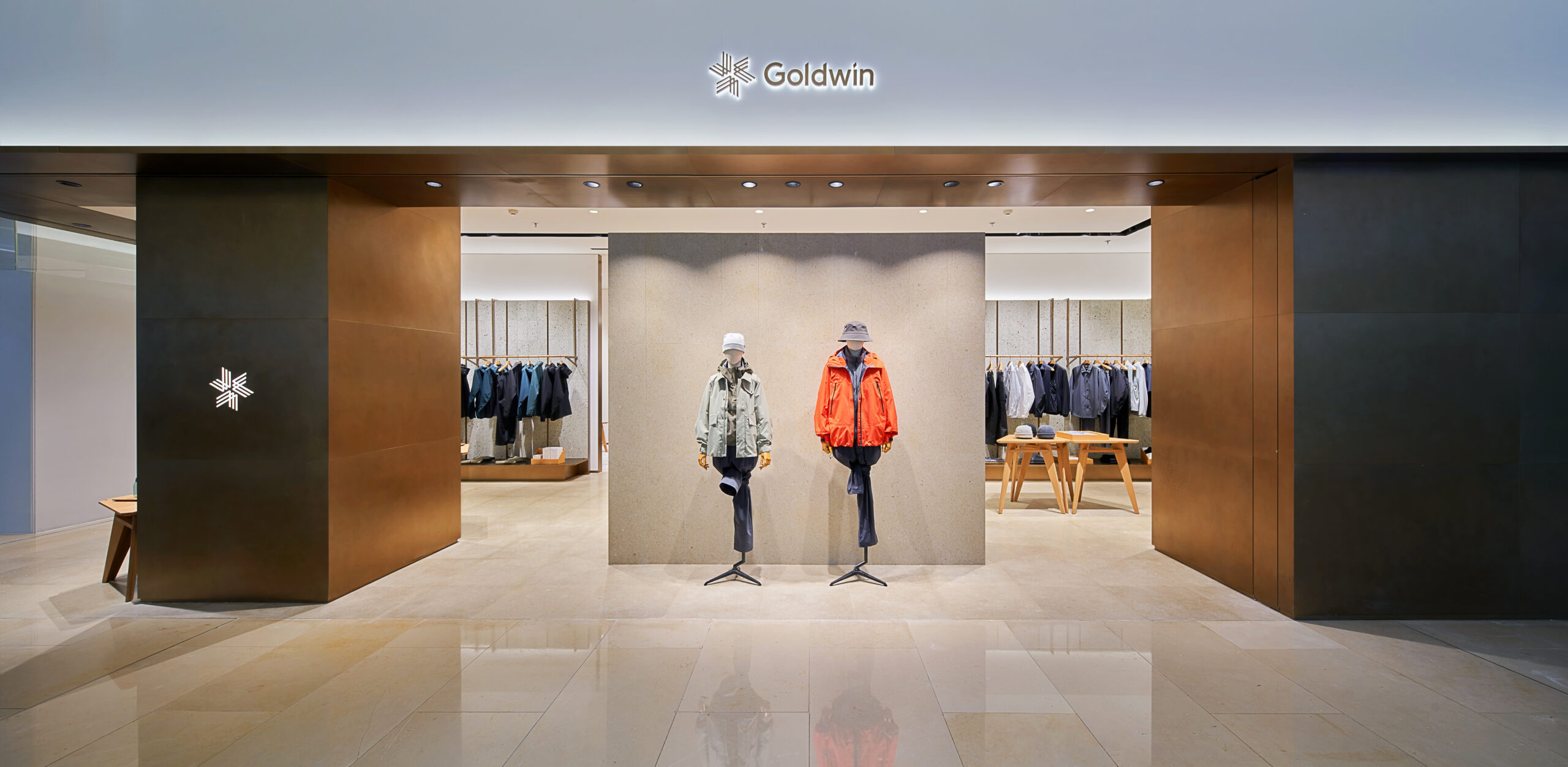The rise of local sportswear brands like Anta and Li-Ning poses a significant challenge for foreign brands in the China market.
Recently, Adidas, the German sportswear giant, had its CEO Bjørn Gulden reveal in a Q3 2023 earnings call that Adidas plans to compete at a more popular level with Anta and Li-Ning for a larger share of the market.
According to financial reports, Adidas’ sales in the Greater China region in the first, second, and third quarters of this year decreased by 11.9%, increased by 16%, and increased by 6% respectively compared to the same period last year. Overall, there was a 3% year-over-year increase in the first three quarters. Even considering the relatively low base in Q2 2022, the performance in Greater China shows a trend of gradual improvement. For Q4, Bjørn Gulden expects at least a double-digit growth.

Beyond performance metrics, Bjørn Gulden spoke more about the competitive landscape Adidas faces in China during the earnings call.
Gulden noted that for the Chinese market, lifestyle business and high-performance sports business should be viewed separately. For the former, he acknowledged that in recent years, there has been some stagnation in collaborations with celebrities, but many projects are being restarted, including partnerships with actors, musicians, street culture, and breakdance influencers.
Regarding the core high-performance sports business, Gulden revealed that it’s divided into two distinct markets: one is the high-end market where Adidas competes mainly with Western brands like Nike; the other is a more mass-market segment, often priced under $100, where local Chinese brands like Anta and Li-Ning are dominant.
“If Adidas wants to win over more consumers, we need to introduce more mass-market (go down) products without losing high performance,” said Bjørn Gulden.
Gulden further stated that currently, Adidas mainly influences in China’s high-tier cities, competing not just with Nike but also with local brands. In these cities, the lifestyle business is already dominant; adjustments are also being made in lower-tier cities, including reducing distribution. About 3,000 distributor stores have been closed, with Neo stores having been a significant part of these.
“The Neo stores will gradually decrease until all are closed,” Bjørn Gulden announced.

In 2022, Adidas restructured its executive team in China, appointing Adrian Siu, former CEO of Cosmo Lady, a Chinese fast-fashion lingerie brand that operated Adidas in the Hong Kong region. Siu is adopting a three-pronged approach focusing on locally designed products, more local production, and shorter delivery times.
Gulden mentioned that about 75% of local sales have been shifted to local procurement, with approximately 30% of products produced through a quick-response replenishment method. As a result, almost all partner orders have significantly decreased, as the focus is not on traditional stocking and clearing inventory but on delivering the latest products. To better serve Chinese customers, Adidas has opened what is arguably the most advanced and largest distribution center.
*On September 20th, the Adidas Suzhou automated distribution center “X” held its opening ceremony in the Suzhou Industrial Park, representing Adidas’ largest investment in China in the past five years.
“So, Adidas’ business model in China is undergoing changes,” Gulden concluded, “We started this year with a double-digit decline in sales, but now the performance is gradually improving. Almost all of our management team has visited China more than once, communicating with distributors, relevant departments, governments, and various sports organizations. We now have a clear understanding of what can and cannot be done in this market.”

Adidas CEO Bjørn Gulden
| Source: Adidas Earnings Call
| Image Credit: Adidas Official Website
| Reporter: Wang Jiaqi
| Editor: LeZhi



